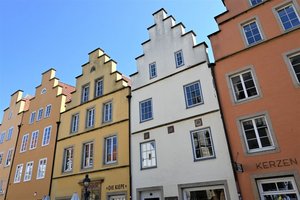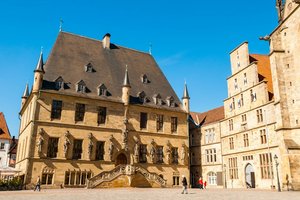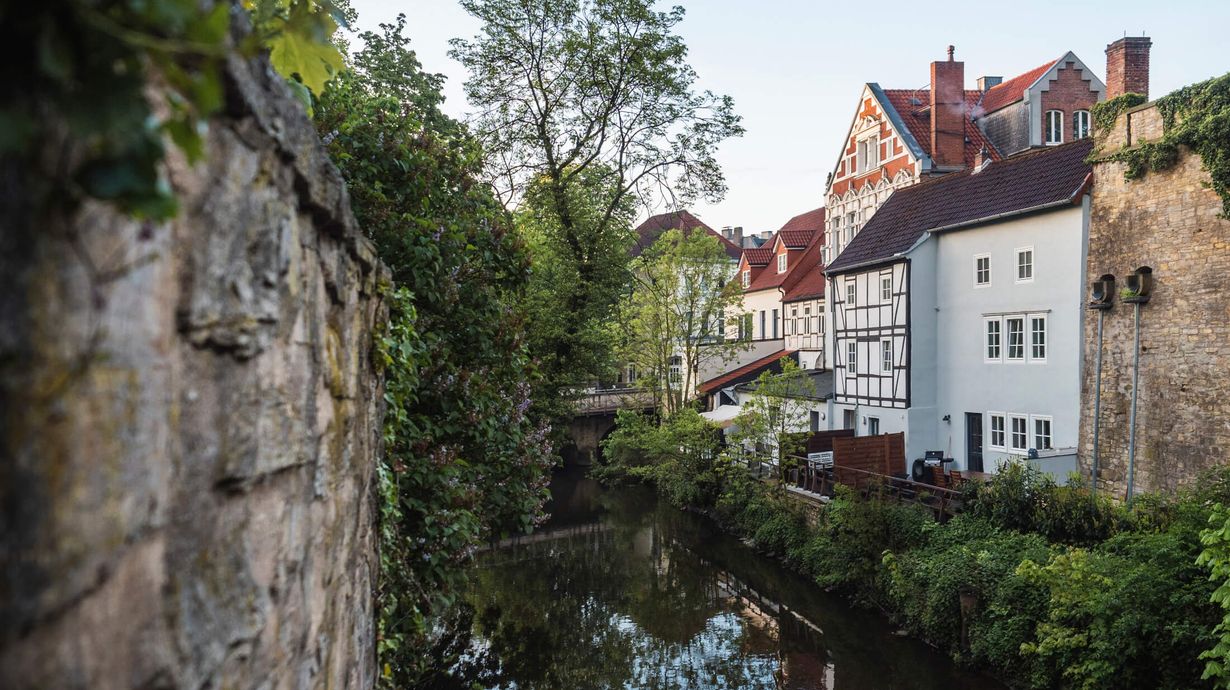






The 169.2 km long River Hase has great significance for the city of Osnabrück. Essentially, it is essentially to thank for the city's economic development into a Hanseatic city and an important transhipment point for goods: In the Middle Ages, the River Hase served as a motor for mills and as a carriage or trade route. In addition, the river served as a natural protection against invaders. The River Hase has undergone constant change over the past centuries - from what was once an important trade and supply route which then became an urban sewer that today acts as an urban recreation area.
The area of the old and new town surrounded by the city wall was bursting at the seams in the 19th century. In 1843, the fortress ban was dropped, which meant that residents were now allowed to settle outside the former city walls. Industrialisation also caused a rapid increase in the population of Osnabrück. In 1851 there were 13,500 inhabitants, in 1872 there were already 25,000. Industry and population provided for corresponding sewage, which the Hase could not cope with. Against the backdrop of the cholera epidemic in 1859 (295 people fell ill, 149 died), considerations were made about a sewer system. In 1876, the citizens demanded that the old town ditches, which stank like "pestilence", finally be filled in. In 1909, bathing in the Hase was banned and the river baths were also closed. In 1914, the first sewage treatment plant was put into operation, which mechanically cleaned the wastewater. Due to the growing environmental awareness of the last fifty years, the condition of the Hase has improved considerably again today.
At the beginning of the 20th century, the people of Osnabrück discovered the Hase as a beautiful, valuable place for urban recreation. A rental shop for boats on the Herrenteichswall wall used to invite the people of Osnabrück to take a boat out on the Hase on Sundays. What a nice idea for a city by a river, which should definitely be resumed again and expanded!
Please inquire on the homepages or directly in the respective houses about the current opening and event times, prices, cancellations, etc.. This information can change at short notice!